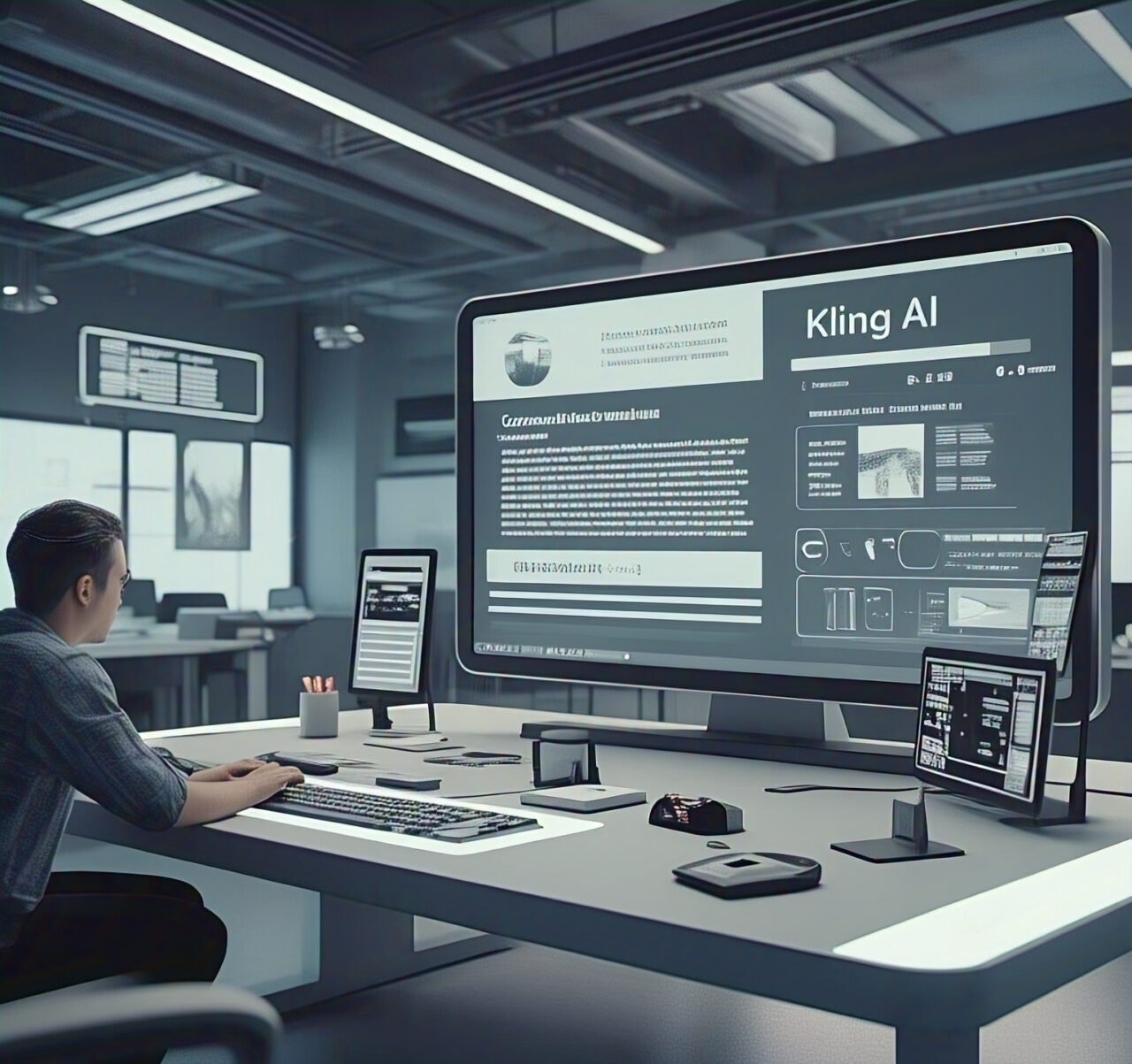Augmented Reality in Education

What is Augmented Reality?
Augmented Reality (AR) is a technology that superimposes digital information—like images, sounds, and text—onto the real world. Unlike Virtual Reality (VR), which creates a completely immersive experience, AR enhances our perception of the real environment. Imagine looking through your smartphone or wearing special glasses and seeing a dinosaur roaming in your classroom or the solar system displayed in your living room. This merging of digital content with the physical world opens up exciting possibilities, especially in education.
The Benefits of Augmented Reality in Education
Integrating AR into educational settings offers numerous advantages:
- Engagement: AR captures students’ attention in ways that traditional methods often cannot. Interactive elements can make learning more enjoyable and stimulating.
- Enhanced Understanding: Complex subjects, like anatomy or physics, can be visualized through AR, allowing students to grasp difficult concepts more easily.
- Personalized Learning: AR can cater to different learning styles. Visual learners benefit from seeing information in 3D, while kinesthetic learners can interact with virtual objects.
- Collaboration: AR encourages teamwork. Students can work together on projects that involve AR, fostering communication and collaborative skills.
Real-World Applications of AR in Education
AR is already making waves in various educational settings. Here are some notable applications:
- Interactive Textbooks: Some publishers are creating textbooks that come to life with AR. When students scan images with their devices, they can see additional content, such as videos or 3D models.
- Virtual Field Trips: AR can transport students to historical sites or natural wonders without leaving the classroom. They can explore different cultures and environments through immersive experiences.
- STEM Education: Subjects like science, technology, engineering, and mathematics benefit greatly from AR. Students can conduct virtual experiments or visualize complex structures, enhancing their learning experience.
- Language Learning: AR applications can help students learn new languages by providing real-time translations and interactive vocabulary exercises.
Challenges and Considerations
Despite its many benefits, integrating AR into education comes with challenges. Some of these include:
- Access to Technology: Not all students may have access to the devices required to use AR applications, creating a digital divide.
- Training for Educators: Teachers need proper training to effectively incorporate AR into their lesson plans. Professional development opportunities are essential.
- Content Quality: The success of AR in education depends on the quality of the content. Developers need to ensure that the material is educational and age-appropriate.
The Future of Augmented Reality in Education
As technology advances, the potential for AR in education will continue to grow. We may see more affordable devices, improved applications, and enhanced content tailored to various learning needs. The future of education could be a blend of traditional teaching methods and innovative technology, making learning more engaging, interactive, and effective.
In conclusion, augmented reality is transforming the way we approach education. By enhancing learning experiences and making complex subjects accessible and engaging, AR holds the promise of a brighter future for students and educators alike. The journey is just beginning, and it will be exciting to see how this technology evolves in the classroom.




